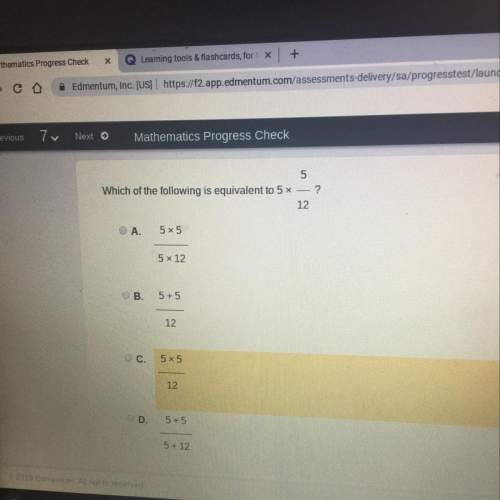
Mathematics, 15.07.2020 04:01 lovemusic4
In the study of the upper atmosphere the diffusion of a minor atmospheric component is an important consideration. As an example, the banning of Freon and some spray can propellants was needed because these gases can diffuse to altitude and aid in destroying ozone, which blocks harmful UV radiation from the sun.
Under conditions of diffusive equilibrium, an isothermal atmosphere and no losses of the gases under consideration, the diffusion equation of the minor component in the vertical direction, denoted by z, is given as:
dỀN (+1dN C + N . dz2+ Hdz + H2D(z)
Where:
N is the number density of the minor component, c is ratio of the minor component's mass to the to mass of major component, H is the scale height, J(2) is the rate at which the minor component is created through chemical processes or other sources at altitude z and D(z) is the diffusion coefficient at altitude z.
Both the diffusion coefficient and the source term are related to the number density of the atmosphere [n(z)] as follows:
J(z) = n(2) (2)
D(z) = Dono (3) (2) n(2)
In hydrostatic equilibrium (which is true for our atmosphere) pressure as a function of altitude is given by:
E-p*g
where:
p = pressure as function of altitude
p= density as a function of altitude
g= acceleration of gravity (assumed constant)
The density can be given by:
p = m * n(z) where m is the average mass of all atmospheric components. For an ideal gas (which we assume for the atmosphere) the following is also true: p(z) = n(z) + kgT(z)
Where kb is Boltzmann's constant and T(z) is temperature as a function of altitude. For an isothermal atmosphere T(z) = T as constant.
i) Show that the number density n(z) is given by:
dn()/dg = - mbar g/KbT n()
and solve for n(2) given that
n(0) = 1
and the scale height is given by:
H=kbT/mbar g
(Note: keep everything in terms of the scale height H, there is no reason to substitute the above equation for H.)
ii) Using the result of parti) and Equations (2) and (3), find the general solution to Equation (1)

Answers: 3


Other questions on the subject: Mathematics

Mathematics, 21.06.2019 13:00, nhester3378
Given tan∅=4/3 and π< ∅< (3π)/2; find cos2∅ a. -24/25 b. 24/25 c. -24/7 d. -7/25
Answers: 1

Mathematics, 21.06.2019 14:30, junahsisney
Its due ! write an equation in which the quadratic expression 2x^2-2x 12 equals 0. show the expression in factored form and explain what your solutions mean for the equation. show your work.
Answers: 1

Mathematics, 21.06.2019 19:50, gameranonymous266
Examine the two-step equation. − 7 4 + x 4 = 2 which property of operations allows you to add the same constant term to both sides? amultiplication property of equality bdivision property of equality caddition property of equality dsubtraction property of equality
Answers: 2

Mathematics, 21.06.2019 23:30, isabel2417
Which equation represents a direct linear variationa. y=x2b. y=2/5xc. y=1/xd. y=x+3
Answers: 3
You know the right answer?
In the study of the upper atmosphere the diffusion of a minor atmospheric component is an important...
Questions in other subjects:

English, 23.11.2020 22:00





Chemistry, 23.11.2020 22:00


Social Studies, 23.11.2020 22:00

Mathematics, 23.11.2020 22:00




